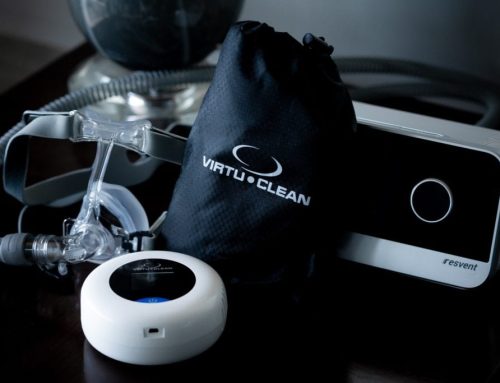Though sleep apnea has been around for a while, some of the oldest solutions are still some of the most commonly used answers today. Here is a list of some of the newest treatments for obstructive sleep apnea and some alternatives to the standard CPAP machine.
- Nerve Stimulation of the Hypoglossus
- Hypoglossus nerve stimulation, also known as HNS, is done by surgically placing a small unit in the patient’s chest. This device will be able to be controlled by that person. When the sleep apnea sufferer is sleeping, the machine will monitor specific stats like breathing. When needed, it will stimulate the nerve that holds open the upper airway. At this time, there have been promising cases with this device’s use. There has been a marked improvement in patients with it and minimal side effects. This treatment would only be recommended if the sufferer had very moderate or severe OSA, and their doctor found that CPAP usage was not an excellent fit for their sleep therapy.
- EPAP Systems
- EPAP or expiratory positive airway pressure is a treatment that uses adhesive valves that are placed over the patient’s nose when they are asleep. These valves are disposable, and they help to hold the airway open keeping it unobstructed. When air is inhaled, the mechanism will help to keep the airway cleared, and when the wearer exhales, the airway will be redirected into parts of the device that will cause pressure that will continue to help hold the airways open. So far, this method of treatment is showing positive signs of being a successful treatment for OSA.
- Pressure Therapy
- Unlike a PAP therapy, oral pressure therapy is mask free. Instead, the patient is fitted with a mouthpiece that has a tube attached to a vacuum console. While the wearer is asleep, the device will reposition the tongue and some of the soft tissues of the mouth with the slight vacuuming.
- Oral Devices
- These appliances are usually similar to mouth guards. The patient would wear these while sleeping. The gear would move the lower jaw forward and reposition the tongue, increasing the size of the sufferer’s airway. This effectively helps to minimize obstructive sleep apnea.
- Surgical Procedures
- Depending on the cause of a patient’s sleep apnea, surgical intervention can be warranted. For example, in children getting their tonsils removed can help, and in severely overweight patients having bariatric surgery could reduce their weight enough to help with obstructive sleep apnea.
- Treating Sleep Apnea with Behavioral Changes
- Using less alcohol, fewer sedatives, and losing weight are all ways to change your lifestyle and develop healthier sleeping habits that could help reduce the effects sleep apnea has a patient.
- PAP Therapy
- The patient wears a nasal or full mouth mask that is connected to a machine that uses pressurized air to keep the airways opened.
Positive air pressure therapy continues to be the most overall effective solution for obstructive sleep apnea sufferers. If you have just been diagnosed with OSA, it is likely your doctor will start you off with a suggested PAP sleep therapy. These devices do take some getting used to, but they also can bring lots of relief and the ability to get rejuvenating rest. If you have a pap device and it just is not working for you, talk to your doctor about the above alternative treatments. Work with your medical team to find a treatment option that is right for your symptoms and needs.


 Shop
Shop



